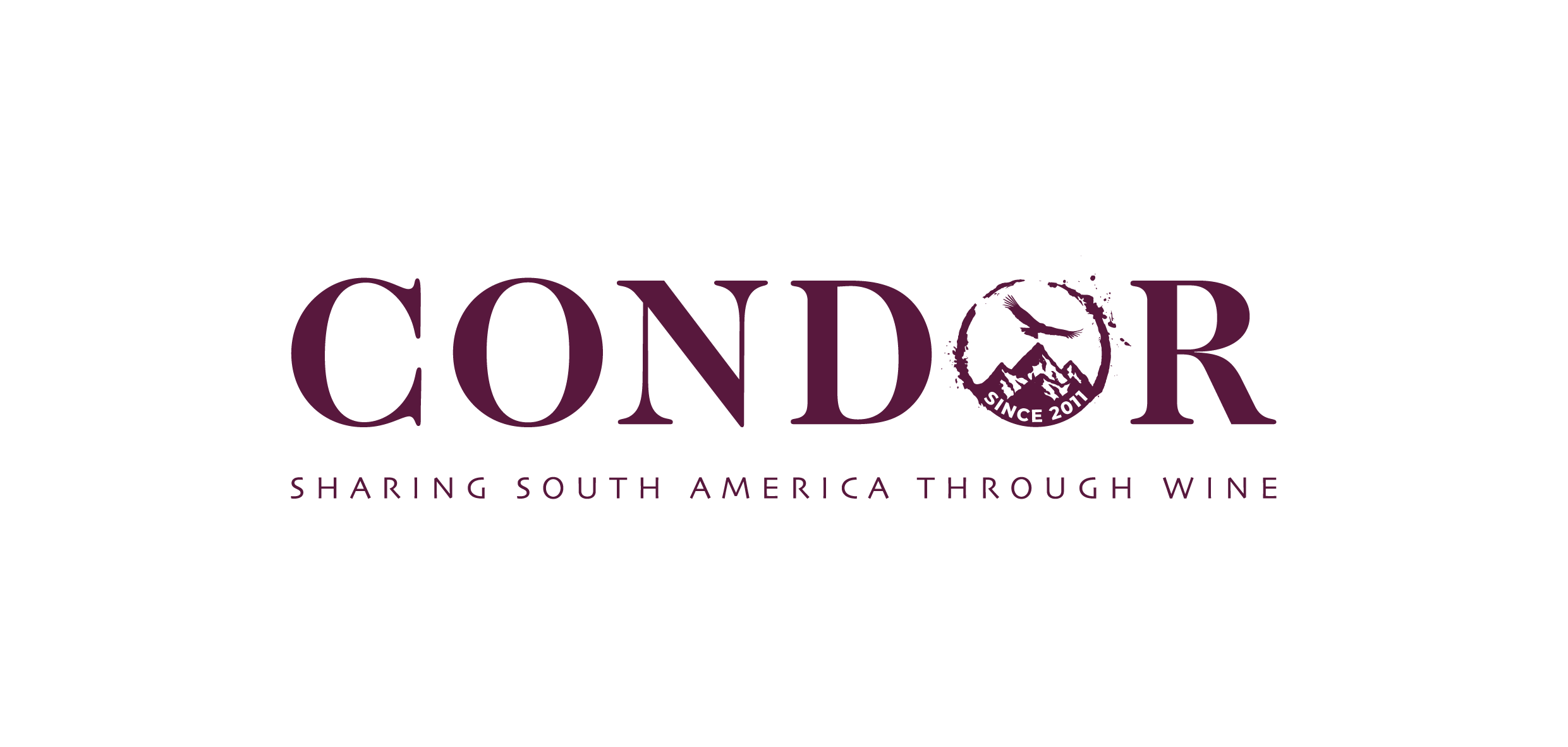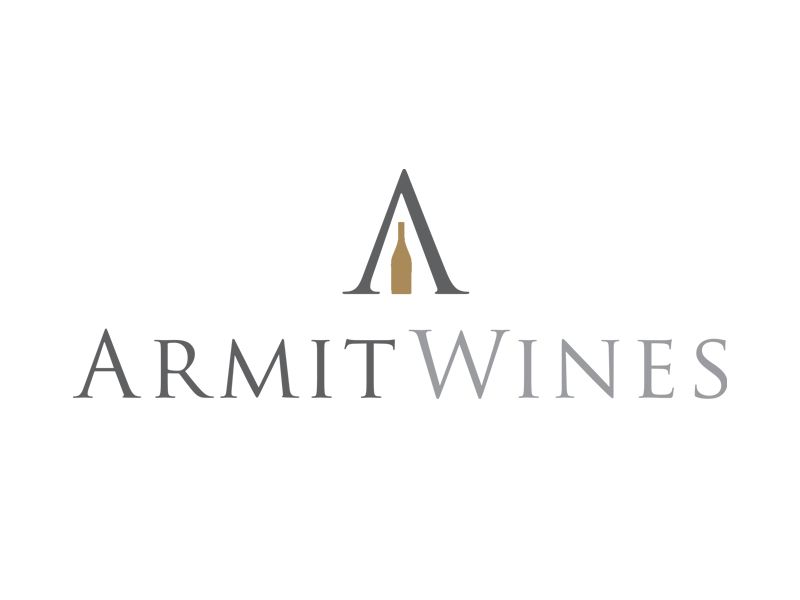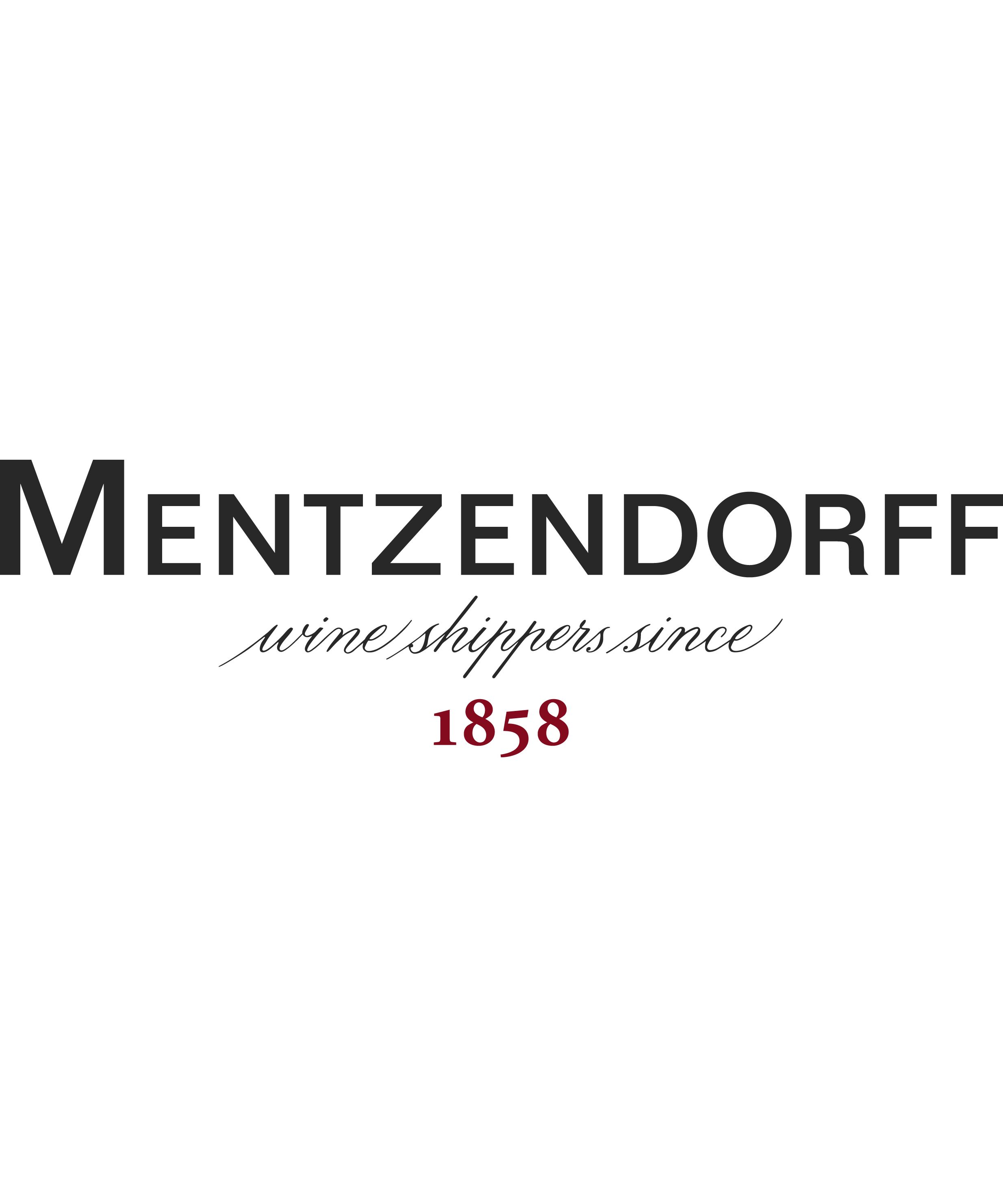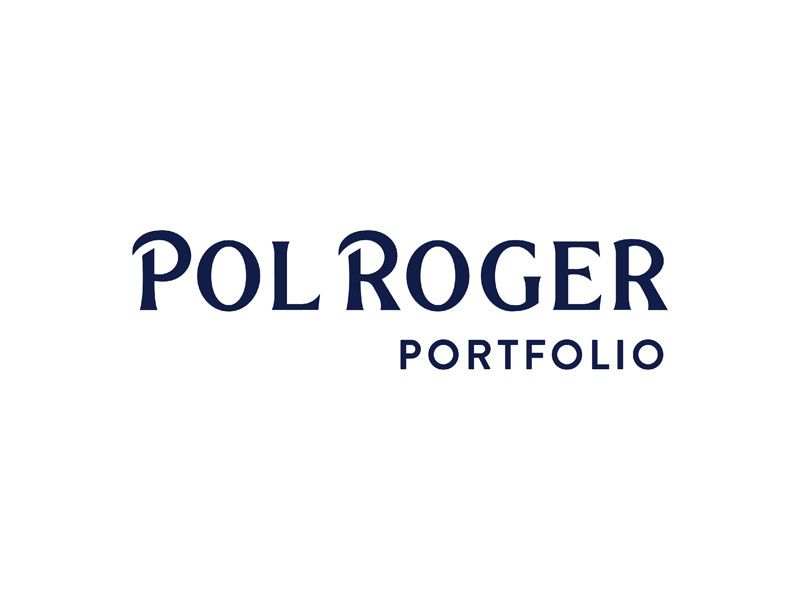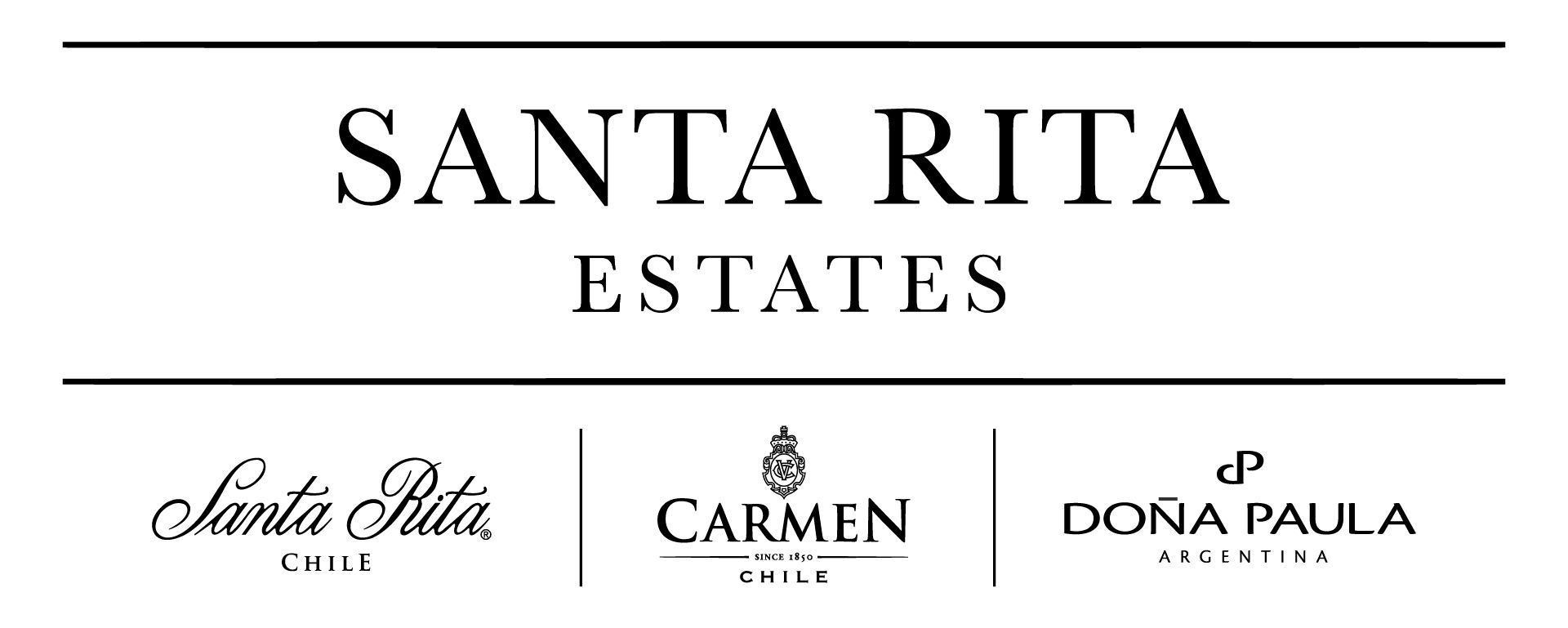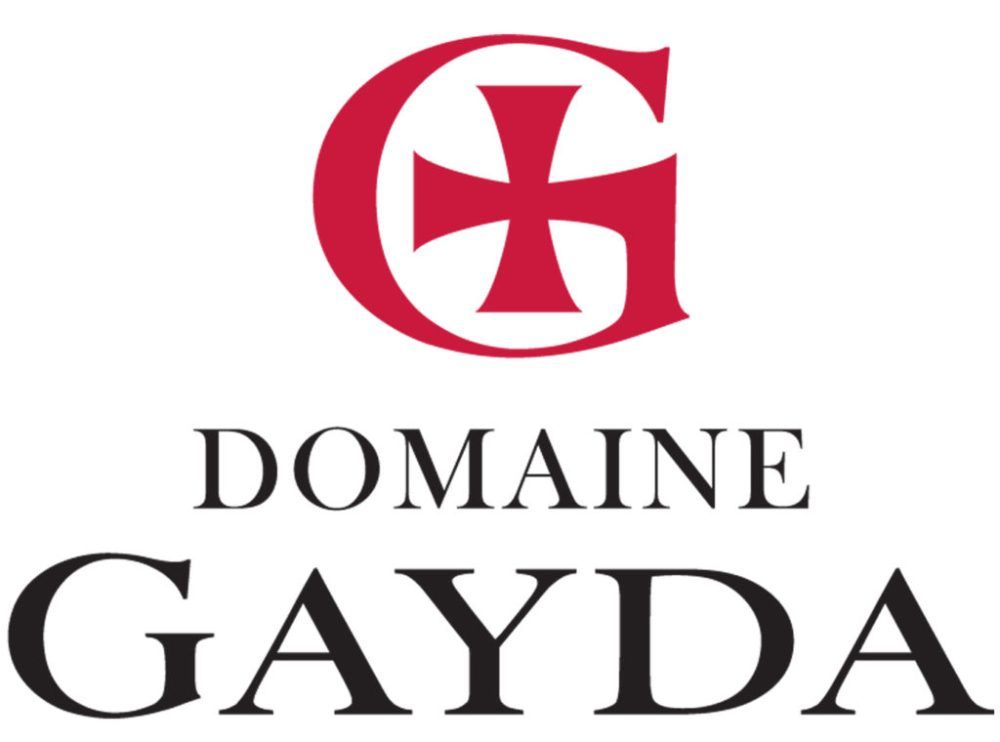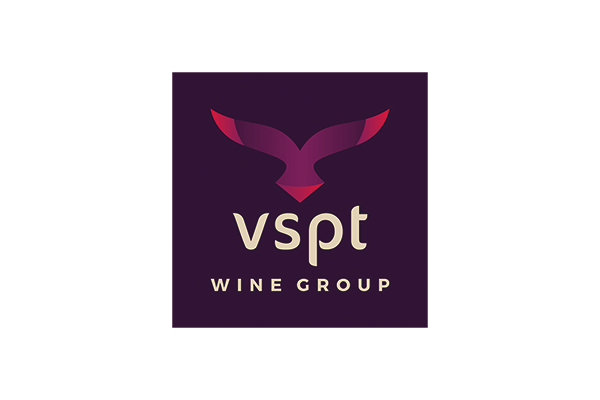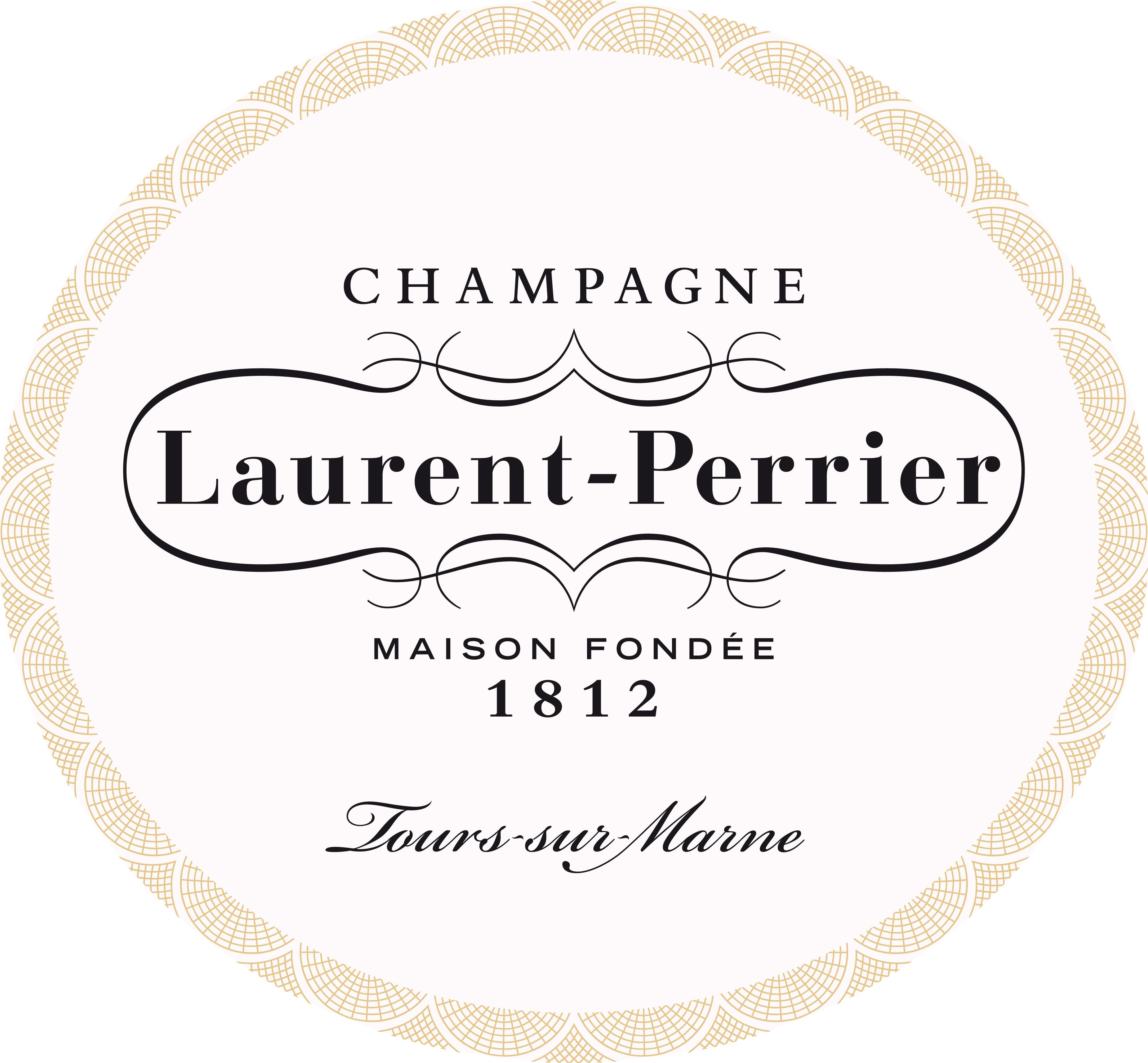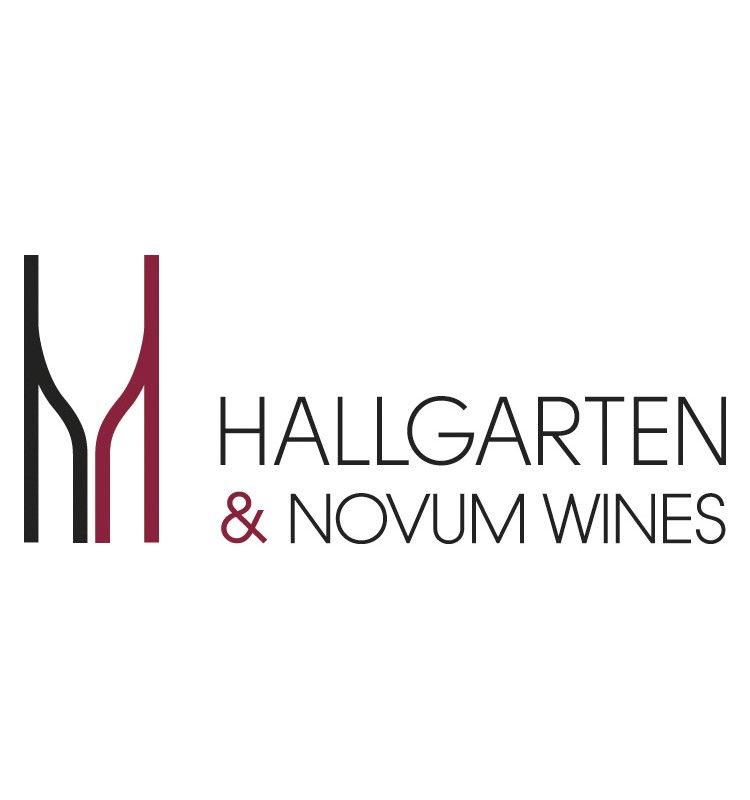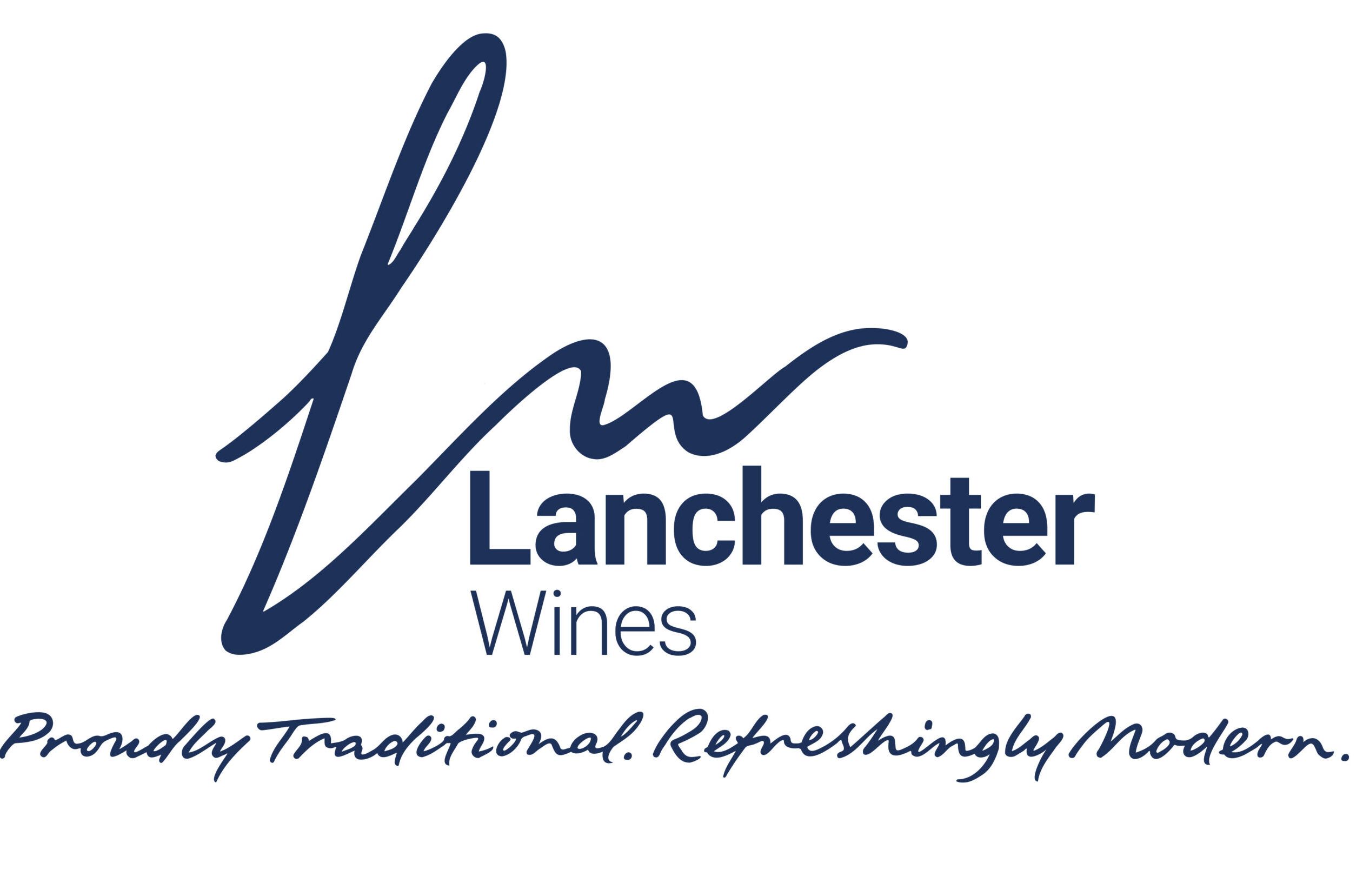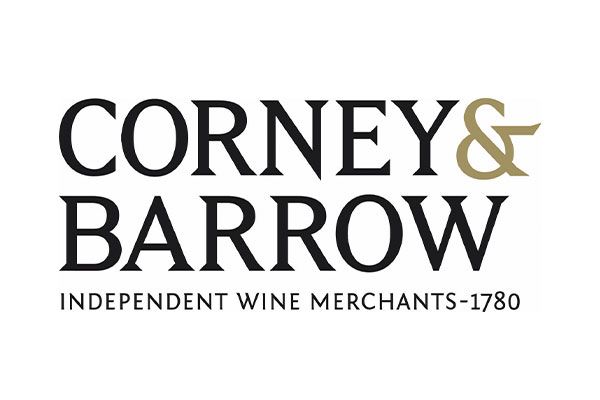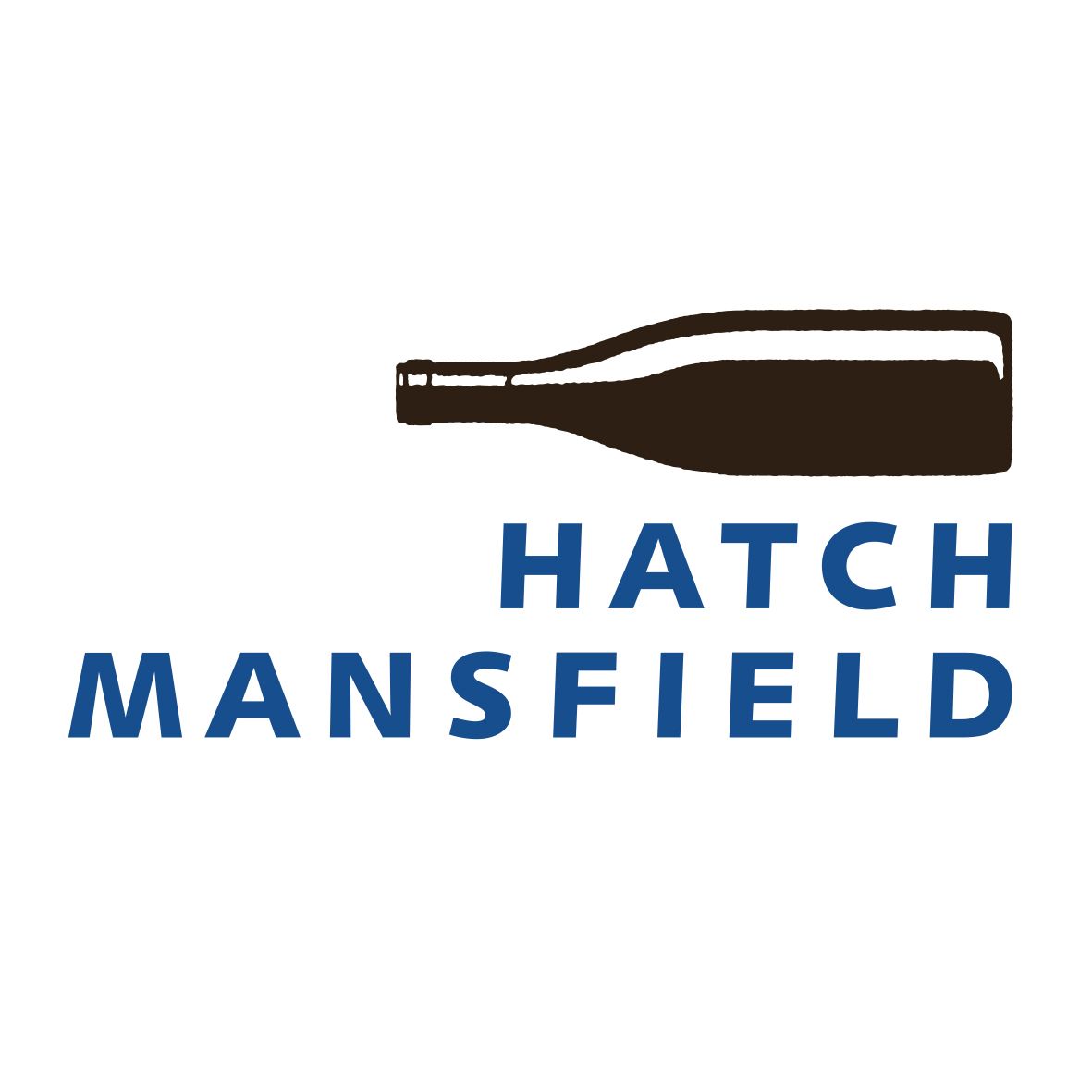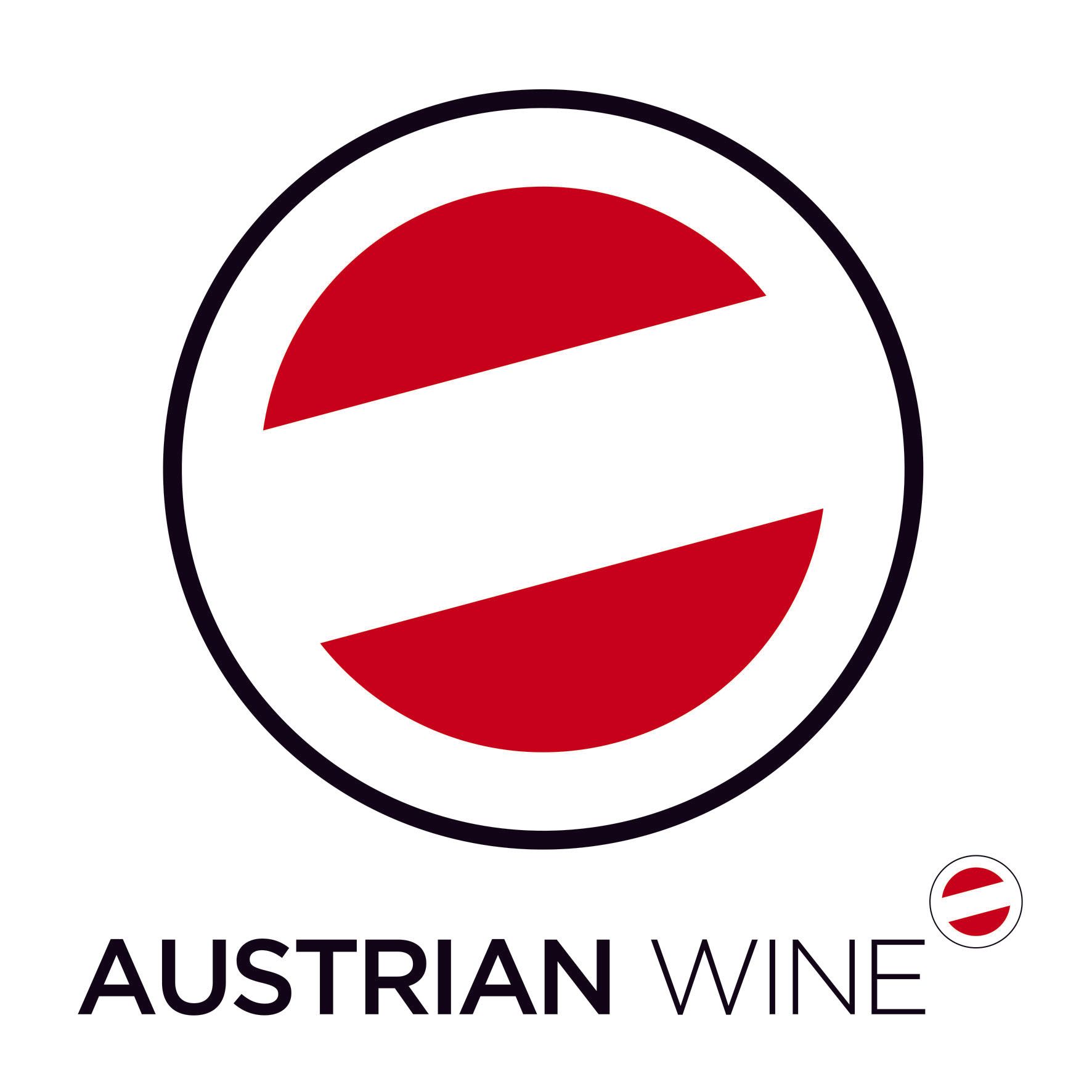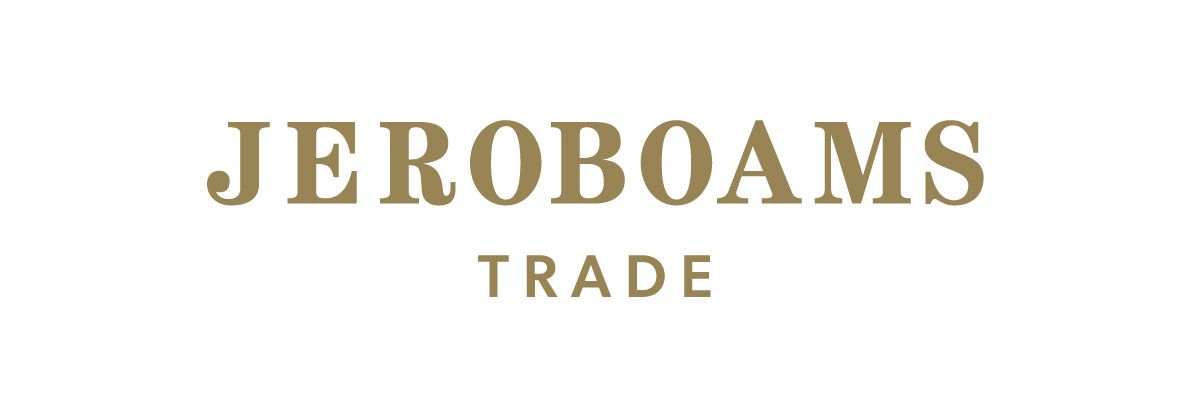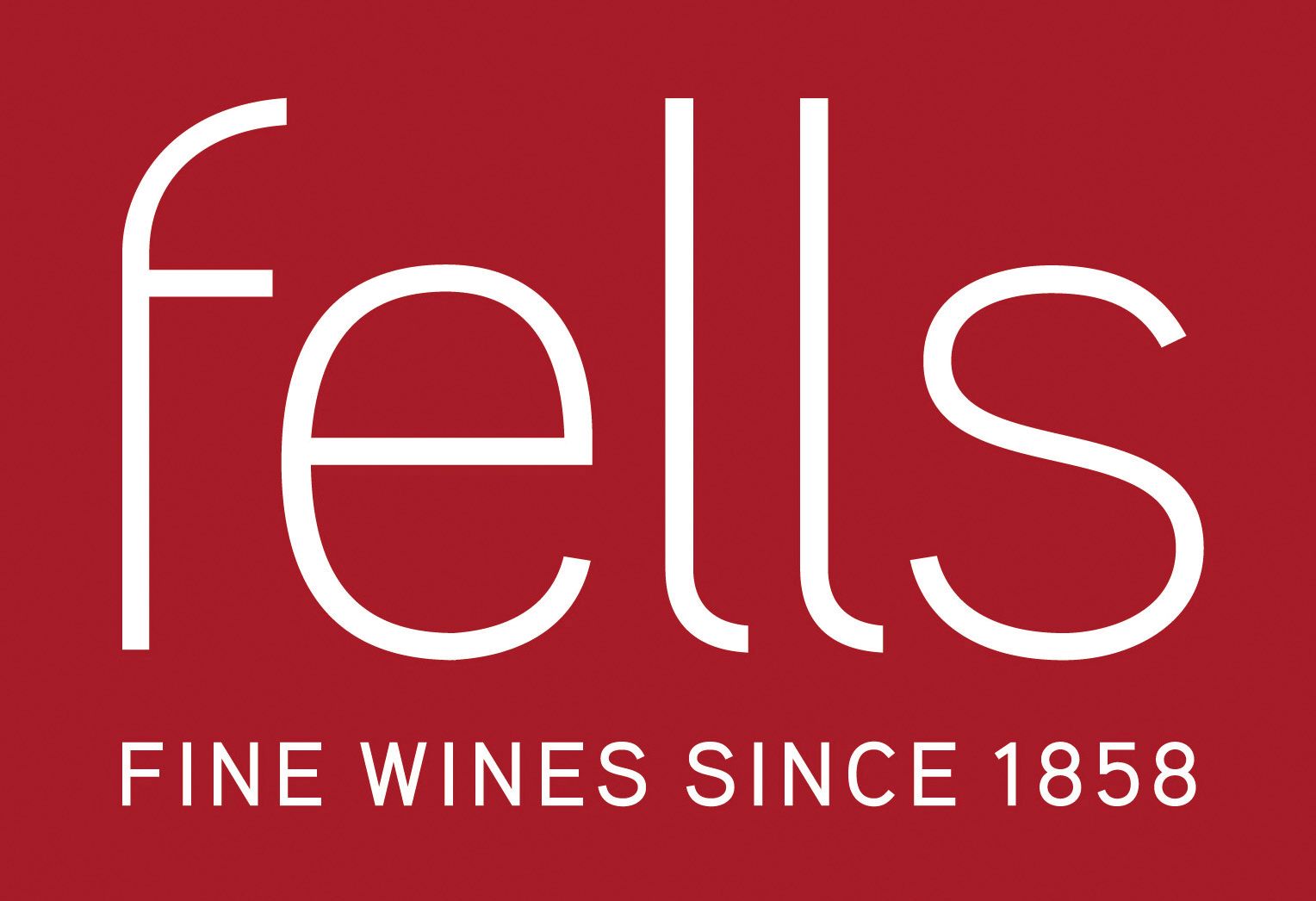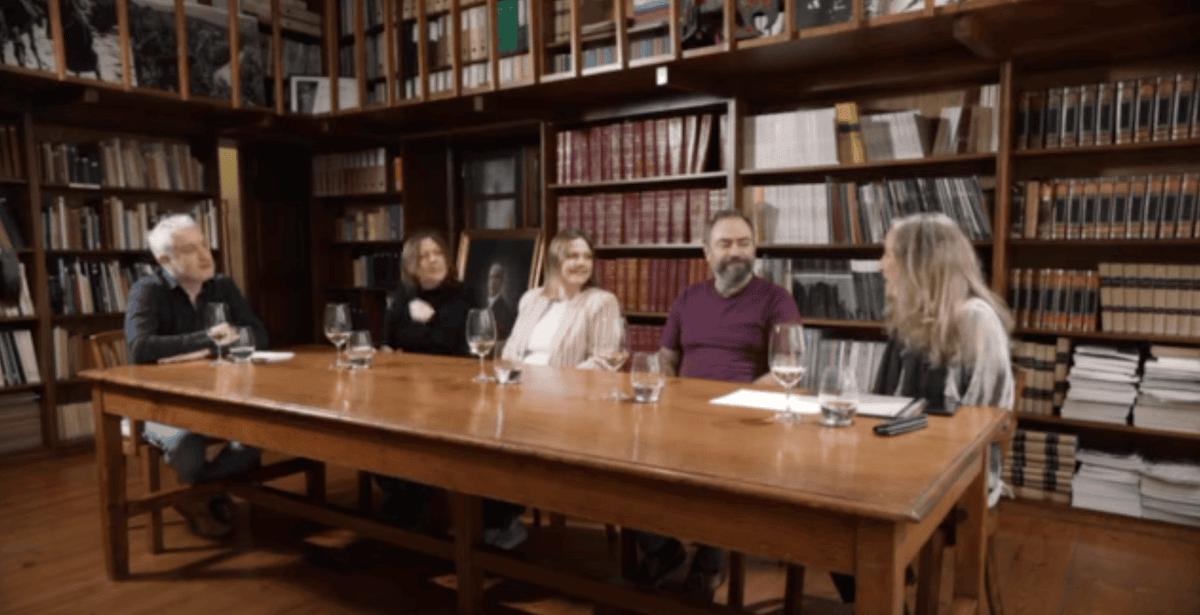Ningxia’s vineyards lie between the Helan Mountains and the Yellow river. The mountains run south-north, forcing the limited summer rain to fall on the vineyard side while protecting vines from icy north-west winter winds. They also provided a sublime backdrop for our visit.
Despite this rain-shadow effect, precipitation is insufficient to dry-farm, so irrigation water is provided by the Yellow River. Some of the higher vineyards require irrigation water to be pumped more than a vertical kilometer.
Soils are dusty calcium-rich loess. Calcium acts as a concreting agent, making the soils hard and compact. These wind-blown soils accumulated over millions of years, eroded from sandstone to the west. Closer to the foothills this loess includes increasing proportions of stones, rocks and boulders from the mountains. In small quantities these help soil structure and heat retention. Larger rocks are removed, and were used to build some of the winery structures we visited.
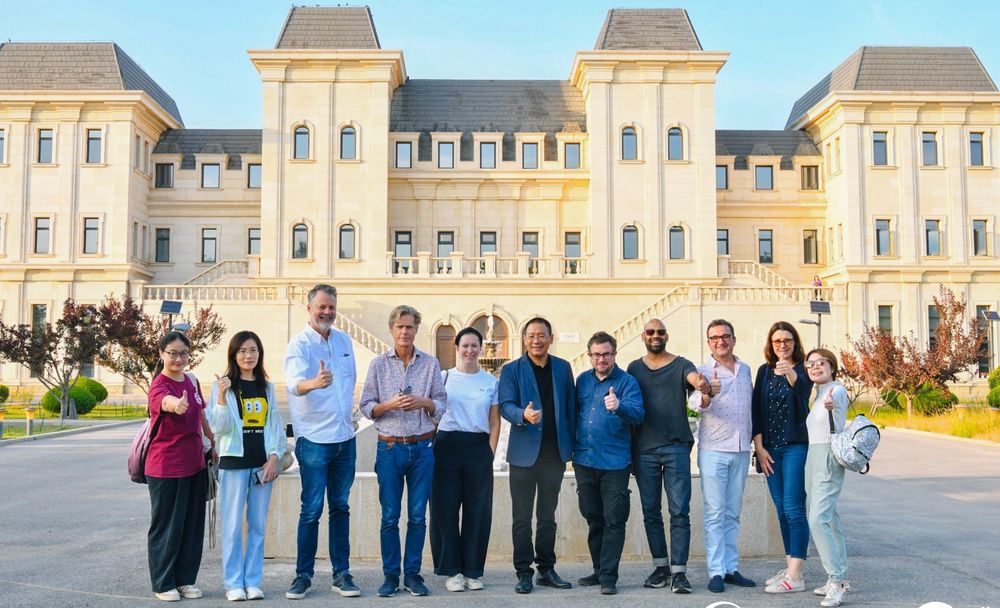
The IWSC's judging panel for its Chinese awards this summer
The high summer temperatures and sunlight accelerate sugar accumulation ahead of aromatic and tannin development. The resulting challenge is minimizing unripe herbaceousness while at the same time avoiding high alcohol and raisined flavours. The better wines we tasted achieved a balance between these extremes.
In winter, temperatures are cold enough to freeze and kill vines, so they are buried. As well as considerable labour, this requires training systems that lend themselves to repeated bending and unbending of the permanent wood.
Wei Xing MW, one of China’s most respected wine educators, judges and an expert in the Ningxia wine region, was able to give us his insights into what is now China’s largest wine producing area, having recently overtaken Xingjiang.
Both share similar challenges with hot sunny ripening conditions leading to high alcohol; low natural precipitation requiring irrigation; and cold winters that require vine burial.
He showed how other parts of China provide sufficient rainfall to meet vine needs, and winters that are mild enough to not require vine burial. Some of these already produce wine (notably Hebei and Shandong provinces south and east of Beijing), so it is natural to ask why wine production is concentrated in regions with such challenges.
The answer is complex. Other locations may have higher priorities for land use, such as housing and feeding China’s 1.4 billion people, or preserving sites of beauty or ecological importance. Or they may have other viticultural challenges like humidity, rainfall and the disease pressure in Hebei and Shandong.
Additionally, planting vines in arid desert locations helps stabilise the soils and build organic matter. This helps reverse the eastward expansion of the Gobi desert, and reduces dust blowing east towards the most densely populated parts of China.
We could even see wine production as a side-product of this ecological engineering.
But it also helps develop the local economies, through sale of a high-value product, and through growing wine tourism.
Chinese wine trends
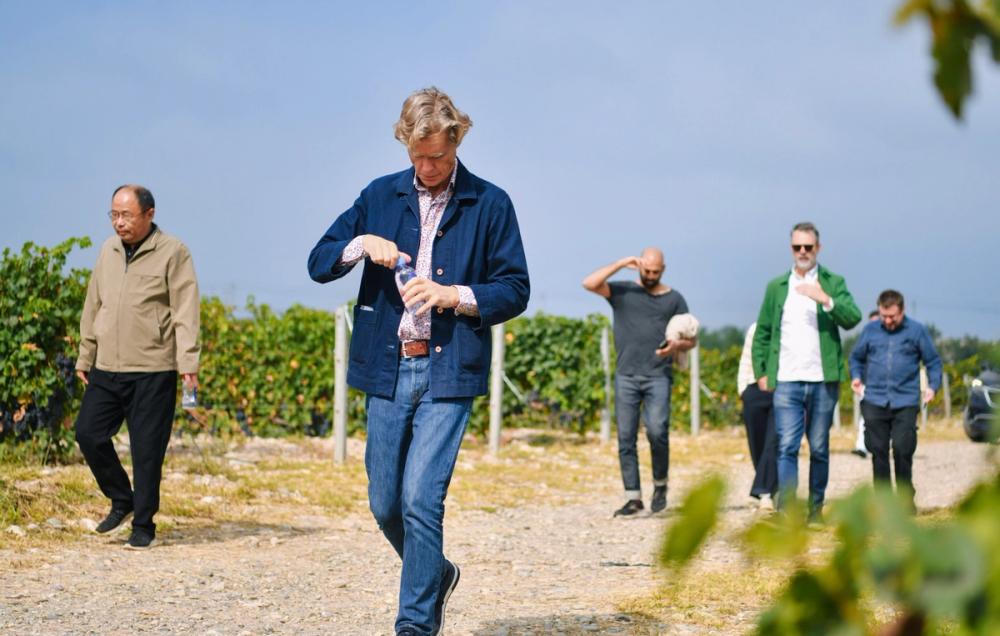
The IWSC UK judges had the chance to visit nine wineries in Ningxia during their visit
The first modern Ningxia producers applied a Bordeaux model, blending Cabernet Sauvignon and Merlot and maturing in barriques. We tasted some older wines (from 2013-2017) and it was clear that the more recent wines generally show finer tannins and are less heavily extracted with less dominant oak.
Producers have also become more successful at emphasising the fruit part of the aroma spectrum, with less leafy herbacousness. Alcohol is still often 15% (sometimes higher), but usually this is well-integrated.
Many wineries of the nine we visited were experimenting with terracotta, with various small eggs to large amphorae used for fermentation and/or maturation. The goal is purer aroma expression, and finer tannins, plus the benefit of micro-oxidation to stabilise tannins without adding oak flavours. The standout terracotta-produced wines for me were a couple of pure, fragrant Marselans and some exotically aromatic orange wines.
Orange wines seemed to be trending. Usually using Chardonnay, Viognier, and/or Vidal. Sadly, few of these were entered into the competition - I expect they would do well if they were.
Another trend was the exact opposite - making non-skin-contact wines from black grapes.
There is increasing interest in white wines, but we learned there is limited planting material available in China, especially for white varieties. One solution is to repurpose black-grape vineyards, especially where there is sugar-ripeness without aromatic or phenolic ripeness, or in challenging vintages like 2024 where excess rain caused under ripeness, dilution and rot. The small number of Blanc de Noir still wines I tasted were very enjoyable.
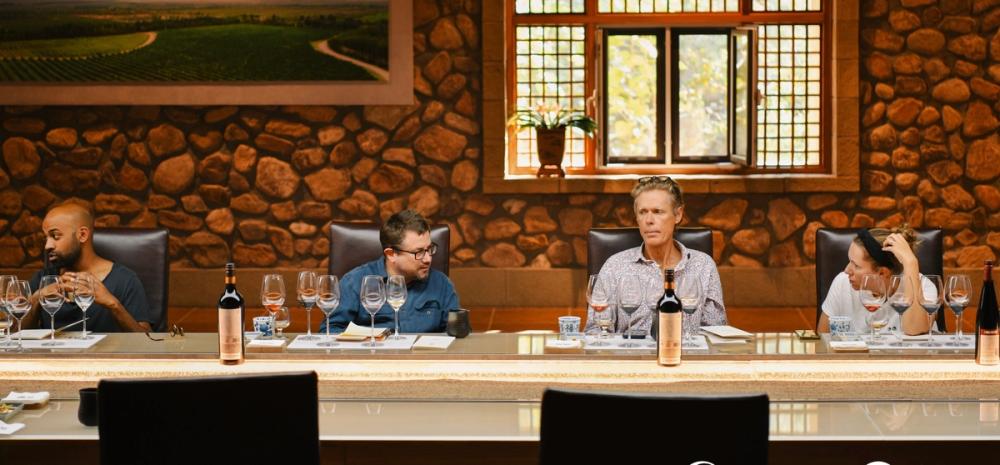
IWSC judges including left to right Sunny Hodge, Anthony Moss MW, John Hoskins MW and Maggie Macpherson.
The other notable trend was the growth of tea-infused wines. Most that we tasted used jasmine tea, with base wines from Chardonnay, Viognier and/or Vidal. Several times we were told these wines were extremely popular and sold out.
This is rare good news in an industry that is otherwise struggling against a declining market: domestic wine consumption in 2024 is one tenth of its peak in 2012. We tasted some tea-infused reds too, which to me seemed less successful due to the clash of tannins.
Competition results
Of the 205 wines entered, 11 were awarded a gold medal. Unsurprisingly, over half of these were Cabernets or Cabernet blends from Ningxia. There were also some lovely Marselans from Ningxia and Xingjiang, showing the floral and fruity aspects and friendly tannins, but also this variety’s ability to make denser, more complex wines.
I am a fan of pure Marselan, but I found that the Marselan blends generally achieved a better balance and a more secure tannin structure.
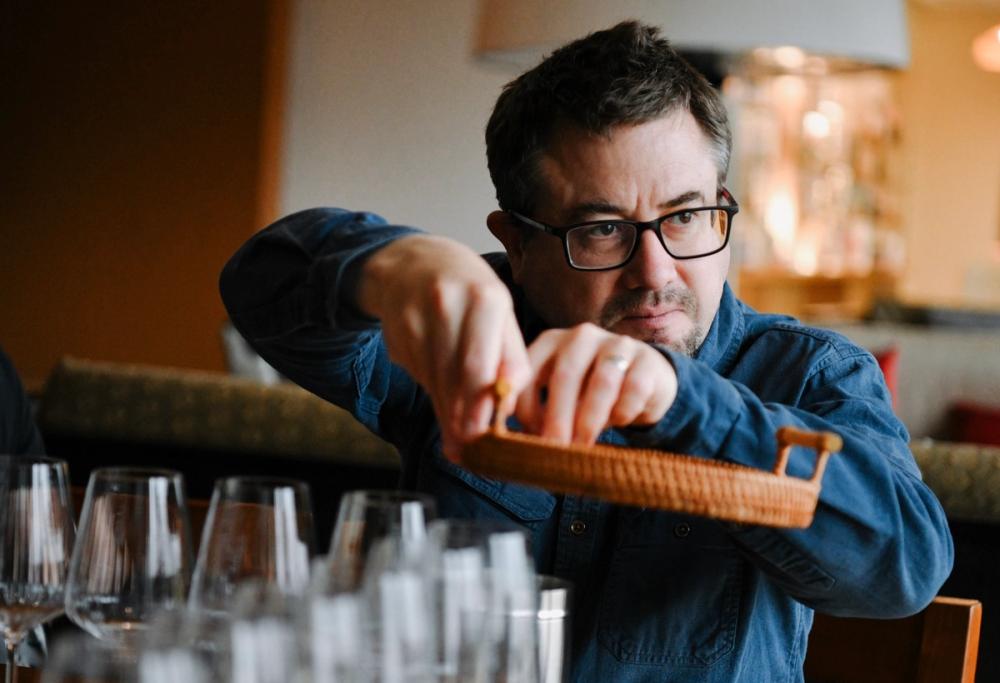
Anthony Moss MW was particularly impressed by the Marselans he tasted during the IWSC China judging
The biggest surprise for me were a couple of heavenly Petit Mansengs from Shandong, showing precision, poise, depth and long complex finishes.
Other wines that stood out to me included a perfumed, elegant Pinot Noir from Inner Mongolia; a compellingly multi layered Savagnin from Hebai, and a varietally-herbaceous Cabernet Franc from Ningxia. There was a lot to enjoy.
Particular thanks goes to John Hoskins MW for leading the judging committee, and to my fellow judging panel including: Sunny Hodge, founder of Diogenes the Dog; Maggie Macpherson, group wine buyer at Jeroboams; Igor Sotric, wine buyer, China Tang; Jeremy Lithgow MW, head of wine at Amathus.
Awards highlights
The highest-scoring wine was Shandong Taila Vinery’s Petit Manseng Vendange Tartif 2019, that was awarded 97 points, a late-harvest style wine that impressed judges with its concentration, balance, and purity.
Four wines achieved 96 points, including:
Qixinglu Cabernet Sauvignon 2022 (Ningxia).
Niya Legend Marselan Blend M5 2020 (Xinjiang).
Moon Palace Full Moon Red 2023 (Ningxia).
Qixinglu’s Cabernet Sauvignon 2022 (96 points).
Regional highlights
Ningxia: By far the strongest performer with 79 medal-winning wines, including many of the top-scoring Cabernets and Marselans.
Xinjiang: Contributed 33 medal winners, led by Niya’s Marselan blend and Silk Road Vineyards’ Bird’s Nest Marselan.
Shandong: Delivered the session’s top wine, Taila Vinery’s 97-point Petit Manseng, alongside a mix of Cabernet and Chardonnay successes.
Hebei: Secured 16 medals, showcasing the region’s steady emergence.
Other regions: Inner Mongolia, Shanxi, Gansu, Liaoning, Tianjin, Shaanxi and Yunnan all featured on the medal table, confirming China’s viticultural diversity.
The full results of the 2025 judging, in partnership with Yinchuan, Ningxia & co-hosted and facilitated by Beijing International Wine & Spirit Exchange, can be seen here: IWSC Wine Judging in China results revealed | IWSC.
You can read more about IWSC’s Global Judging campaign here: Global Judging | IWSC International Wine & Spirit Competition.
You can see Antony Moss MW’s IWSC bio here: Antony Moss MW Judge | International Wine & Spirit Competition.


